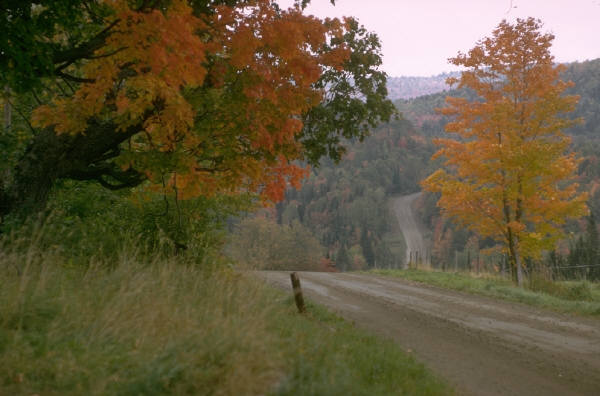In the first week we covered being a student, a tester, a manager, a designer and creative director. What else is there?
Day 6: Sound makes games look better
I know that “sounds” weird but it’s true.
The audio engineer in a small company like ours is responsible for a whole lot of things:
- Sound effects. You might hear or read the term “Foley” after a famous audio engineer, Jack Foley. These are all the sounds that are not people talking. The sound of footsteps when your character is walking, faster footstep when the character is running, dogs barking – all of these are sound effects.
- Helping record and edit voice overs. We normally do three “takes” of every line in the script. The audio engineer will edit together the best takes from each line. He or she will also cut out any time the speaker coughs, says “um”, “you know” or other sounds that should not be in the game.
- Soundtracks. This is music that plays in the background. Some audio engineers that are really talented record their own music and include it in the game. The music in the canoe dodge and chicken chasing levels in Forgotten Trail were done by an audio engineer, Eric Cappello.
- Ambiance or background noise. For example, if your game is set in the woods, the background noise should sound different than if it’s at a party in someone’s house. Location is everything.
- In a small company like ours, the audio engineer might even help with sound track for video ads. See an example below.

Your mission:
On Friday, you began creating a new module for Crossroads. Today, you’ll be creating the sound for that level.
Will it have a soundtrack? If so, what will it be?
How are your players going to move? Walking, running, jumping, flying, driving a car, a snowmobile or a tractor? Whatever it is, you need sound effects.
What will the weather be like? If it is raining or snowing, you’ll need some sound for that.
Random fact: The background noise in “Spirit Lake: The Game” was actually recorded at White Horse Hill on the Spirit Lake Nation.
Day 7: Artwork and Animation
Remember on Day 3 when I said the character was a girl I had met? (Well, you’d remember if you were actually in the class that day already.) Anyway, most of the characters and scenes in the games I make are people I’ve seen and based on places I’ve been, even if they are set in the past.
I’ll take pictures of places like this country road to give to our artists.

If a character is supposed to be from a certain tribe, I’ll take pictures, with their permission, of course, of different people from that tribe. If a character is supposed to be a sixteen-year-old girl, I’ll take pictures of a few teenagers. I might like the shoes one person is wearing. Another person just might have a cool style.
Today’s mission is to get up and take photos or videos to show your idea. Walk around your neighborhood. It could even be in your house. One of the Crossroads games teaches about budgeting and the player searches every room to find the unpaid bills.
Feel free to edit your photo. If you don’t know how, we’ll show you. Select the best photos and upload those to the folder shared with your team.

You can also take videos. For example, at Warwick Public School last year, one idea the students had was to create a game “Ghosts of Warwick” about haunted places in their town. They got permission from the superintendent to have one of the girls on their team, who could have been a track star, she was that fast of a runner, to sprint down the empty school hallway as if she was being chased by a ghost.
Your other option for artwork is to just draw it out. Just so you know, we only use artwork that was made on a computer. No matter how beautiful your paintings are, if you are going to work in game design, you need to learn how to use a program like Photoshop, Gimp, Blender or Maya. You could start with Microsoft Paint. In fact, we even have some artwork done with Microsoft Paint in Fish Lake!
Only three more days to go in the course.
Tomorrow is my favorite part, being a developer.
You can still sign up for the game design class
The June sessions are FULL. There are a few spots in both sessions starting in July, for ages 11-13 and 13-15.
